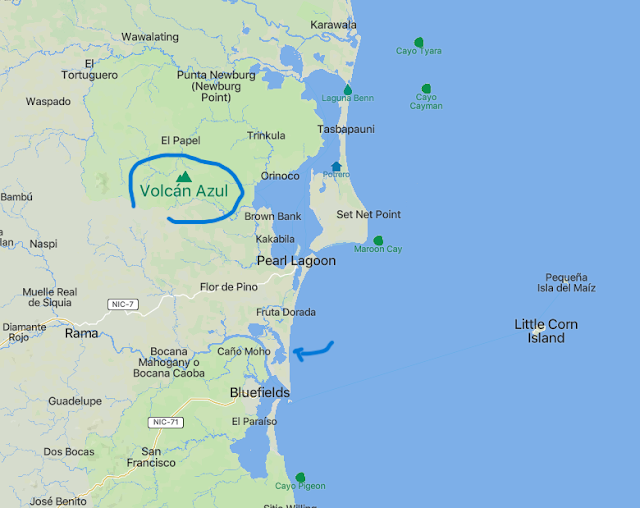Amber is a fascinating nature-made product and has been around longer than any of us. I grew up thinking all amber was 'Baltic amber' which is certainly, even now, the type of amber that is best known among causual amber admirerers like me. That may be because Baltic amber comes from so many different countries along the Baltic Sea: Denmark, Estonia, Finland, Germany, Latvia, Lithuania, Poland, Russia, and Sweden. Lot of countries for amber to form.
Note: Fake amber can be and is currently manufactured for sale
I'm assuming most people know that amber is very old tree sap, the most valuable of which is clear and has 'inclusions.' Inclusions refer to the fact that some sort of usually prehistoric artifact was caught inside the sticky stuff when it oozed from a tree...bugs, lizards, bark, leaves, and so forth.
Some of the creatures caught in amber are known only because they were caught in amber. A simple search online will bring up some amazing photographs of amber with inclusions of all sorts.
Prehistoric bugs don't survive thousands of years to be found by paleontologists quite the same way that dinosaurs have. And even dinosaur remains haven't done too well over the eons or there would have been lots more found.
The color of Baltic amber is usually in the yellow family. But then within the last year I read a story about amber from the Dominican Republic. The most common colors of amber from the Dominican Republic are yellow and green but there is a rare blue amber which can react to ultraviolet light making it glow very brightly...a stunning show. Again, I'm not going to include photos here because a simple online search will turn up too many to choose from.
But my curiosity about amber sent me on a search for the possibility of amber in Nicaragua...could amber have floated to the Caribbean coast? Yes. But best yet, Nicaragua's Caribbean coast has its very own amber, not just something that floated in.
I stumbled across Amber International, a commercial firm in New York which now includes more than just amber. But the site has an "about amber" section which is loaded with good information, listing more places amber is from than I could have imagined:
https://amberinternational.net/about-amber/
And one of the places is in regard to a 'newly discovered amber deposit' as follows:
"Amber from Nicaragua
18 to 23 Million Years Old: Found in sandstones at the Caribbean sea-shore of Nicaragua Age: 23-18 Ma. (Early Miocene period) Mother-plant: the Hymenaea tree Colours: varying from transparent yellow to red Inclusions: only a few up to now Special characteristics: newly discovered amber deposit."
Interesting to note that something so old is new to the rest of the world. I've been looking for weeks for a photo of Nicaraguan amber and have even written to Amber International. I've not found any photos and I've not gotten any reply from Amber International but will provide an update if I get any information.
...and I'll be looking as I walk our Caribbean beach at False Bluff.

.png)









.png)
.png)
.png)


.png)

.png)
.png)
.jpg)






.png)
.jpg)
.jpg)
.jpg)

.jpg)
.jpg)
.jpg)
.jpg)